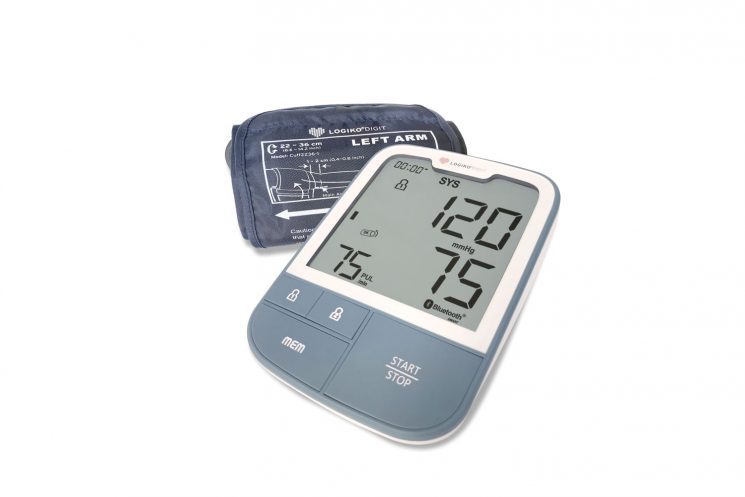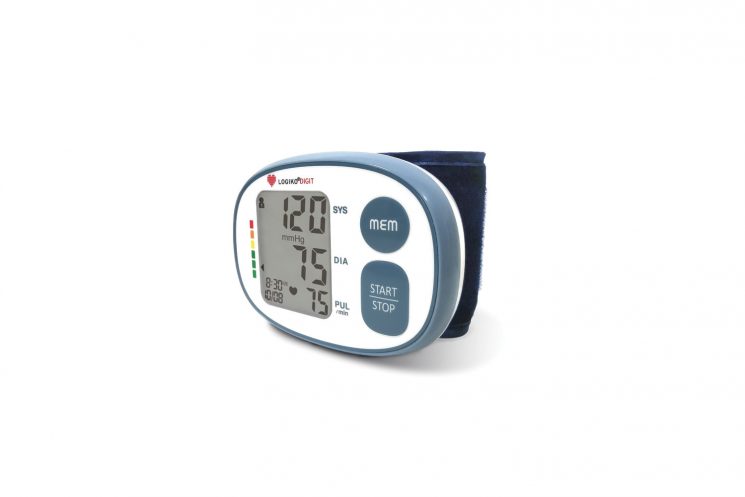The Global Health Observatory has identified the heart as being the most delicate organ in the human body.
The figures show, in fact, that high blood pressure, which is the most common heart condition, is suffered by a full two thirds of Americans and over 15 million Italians, and causes over 4 million deaths every year.
These numbers should refocus our attention on the importance of prevention, control and care of the heart.
Caring for the health of the heart should become an increasingly common and highly recommended practice, right from an early age.
In our opinion, the heart should be given its very own ‘annual service’: a process that is as simple as it is rigorous, one that starts with medical tests and check-ups, but that then results in good lifestyle choices, as well as periodic checks on the impact of the activities we perform, by measuring blood pressure at pre-set intervals.
That’s right! Thanks to the invention of the sphygmomanometer by Dr. Scipione Riva Rocci on 15 December 1896, it is actually possible to measure both systolic and diastolic pressure precisely and easily.
Sphygmomanometer is the technical name of the blood pressure monitor, which has evolved considerably since its invention in the nineteenth century, to the point of being available in both a semi-automatic and digital version suitable for independent use in the home.
 What is a sphygmomanometer?
What is a sphygmomanometer?
A digital sphygmomanometer is a blood pressure monitor that reads systolic and diastolic pressure electronically. It has an inflatable arm cuff connected to the device via a rubber tube, through which the device can inflate and deflate the cuff, then use a specific sensor to identify the changes in blood pressure. It then collects and processes the data and indicates the values on a digital screen.
How is it used?
It is a simple and highly intuitive device: all you need to do is wrap the cuff around your arm, follow a few basic rules to ensure the measurement is correct, then press the button the start the device. The device inflates the cuff and then deflates it gradually, collecting the data and displaying the results
 What are the rules to follow to measure blood pressure correctly?
What are the rules to follow to measure blood pressure correctly?
The sphygmomanometer is really very simple to use, but it is essential to keep an eye on several aspects that influence the correctness of the measurement.
First of all, the measurement should only be taken with an empty bladder, sitting down with the feet firmly placed on the floor or footrest and the back against the backrest.
It is also important to place the arm around which the cuff is to be wrapped at the height of the heart, then rest it on a flat surface, so that it is supported as well.
It is then necessary to remain still, calm and silent while the measurement is taken.
What features should you check when purchasing?
It is important to assess both simplicity of use and the specific functions of the device when purchasing it.
 The most contemporary digital blood pressure monitors measure the heart rate, indicating the presence of irregular beats, and allow you to consult a scale of reference values for high blood pressure issued by the WHO. They allow the data to be stored, in order to keep track of previous measurements, and can also be used by multiple users (whose previous measurements will therefore be stored separately).
The most contemporary digital blood pressure monitors measure the heart rate, indicating the presence of irregular beats, and allow you to consult a scale of reference values for high blood pressure issued by the WHO. They allow the data to be stored, in order to keep track of previous measurements, and can also be used by multiple users (whose previous measurements will therefore be stored separately).
Does the sphygmomanometer require specific maintenance?
The device does not require any specific care, just a few simple precautions.
It must be kept in its case, in a cool and dry place, where there is no risk of impact or falling. If it is not going to be used for lengthy periods of time, the batteries should be removed from their housing, to avoid them oxidising and damaging the device.
Why should I purchase a digital blood pressure monitor for my loved ones?
Because a digital sphygmomanometer is a device that is as simple as it is reliable.
Choosing one for your loved ones means providing them with a device that they can use independently to check such a fundamental indicator of their health.
Being able to measure their blood pressure themselves will not only allow them to obtain more accurate measurements, precisely because they are doing it in the comfort of their own home, but also to play an active and independent role in looking after their own health.










